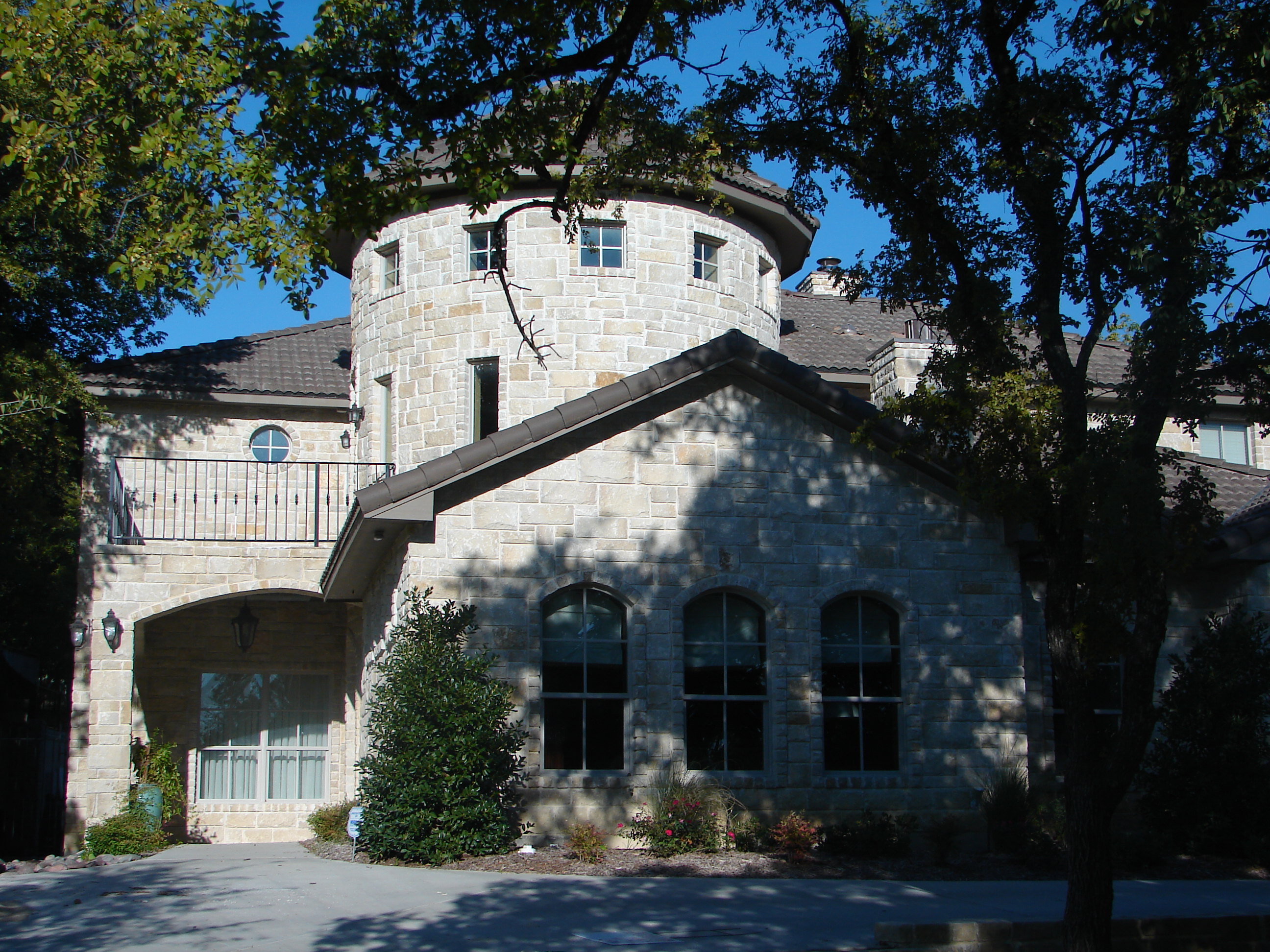Concrete walls emerging as green trend in new construction
With today’s mandate of building tighter, more energy-efficient and environmentally friendly homes, builders are constantly looking for durable and energy-efficient materials for the construction of their new building projects.The combination of these rising energy requirements and fuel costs mean that they need to make the most of the latest advances in building technology.With the continuous decline in the quality of framing lumber and unpredictable price fluctuations, Insulating Concrete Form (ICF) building systems have emerged as an innovative building material in the construction industry over the past decade. What are Insulating Concrete Forms? “Insulated Concrete Forms are made of two panels of EPS (expanded polystyrene) joined together by plastic webs. During construction, they are assembled to form the foundations and walls of a building,” explained KevenRector at NUDURA, a leading name in building with insulated concrete forms. “Concrete is then poured inside the gap between the foam panels to form a solid, continuous insulated structure. ICFs are an efficient alternative to conventional wood framing techniques that is solving energy costs, storm security and interior air quality as well as occupant conservation priorities all at the same time.” ICFs can withstand extreme weather conditions ICFs are designed to stay in place as [...]











